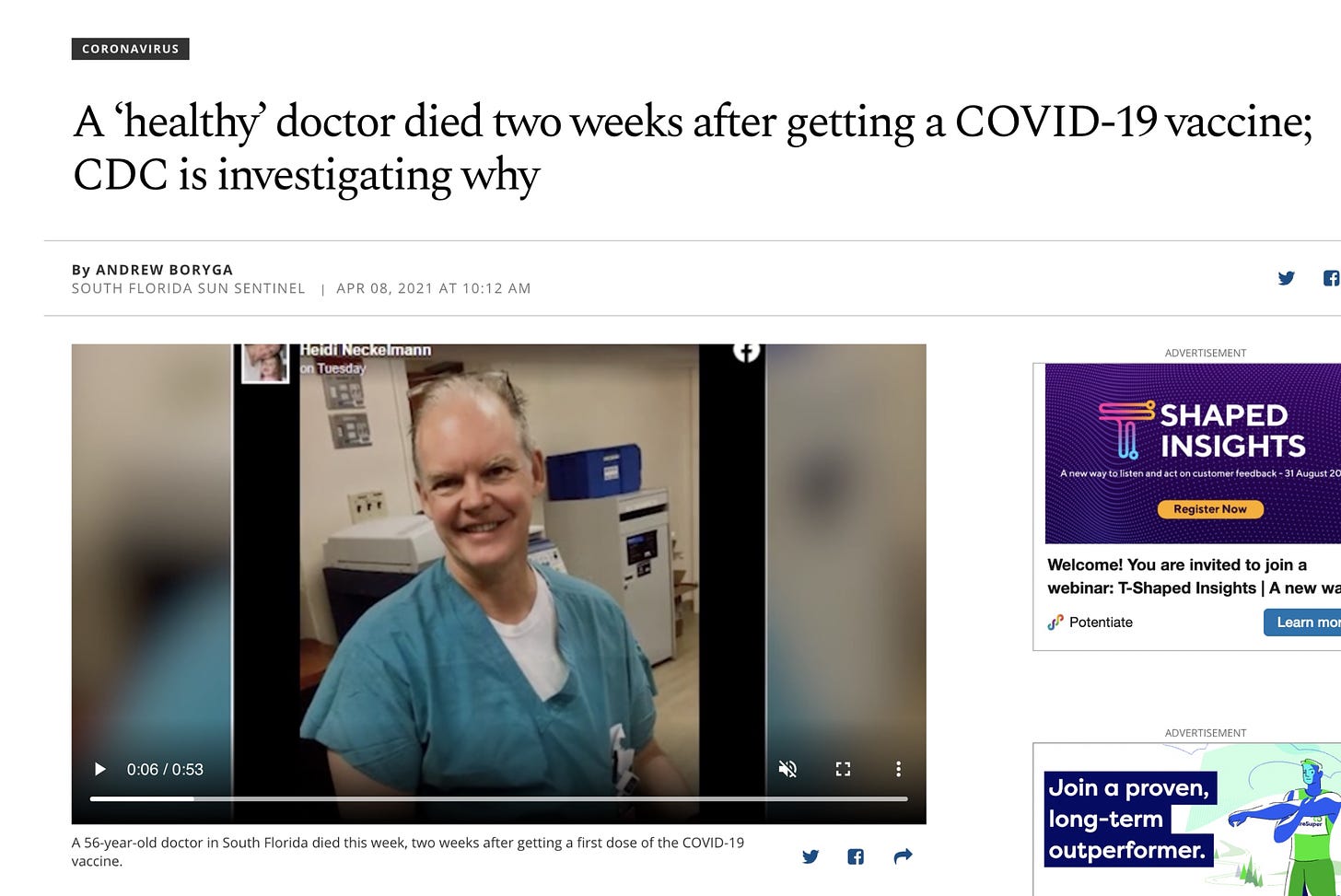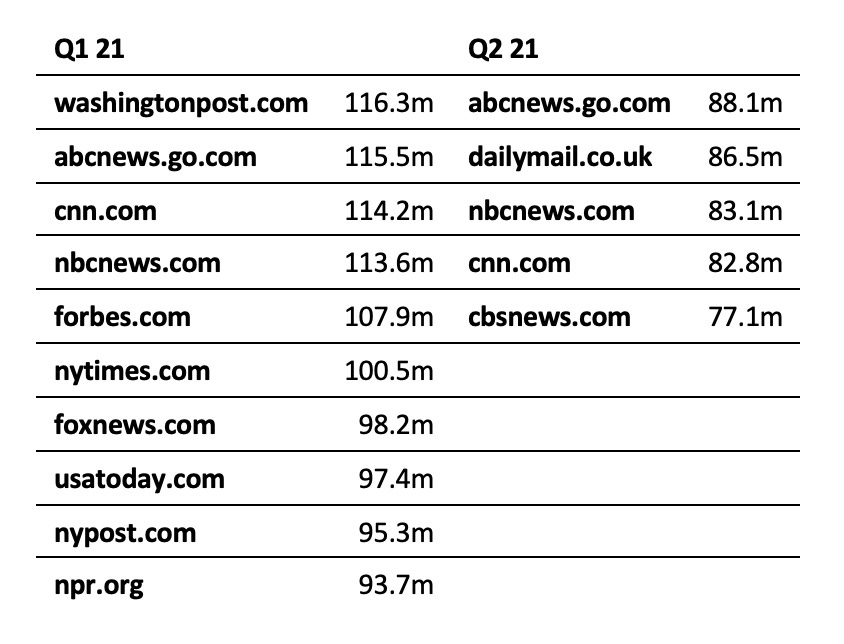Last week Facebook released data showing the most popular content and pages in its news feed between April and June of this year. After a leak to the New York Times, it turned out the company had prepared the same data for the first three months of the year but shelved it because the most popular link was a news story being pushed by anti-vaxxers.

Given that this was part of a Facebook transparency push, the Times delivered its scoop with a certain smugness.
As in a realist novel, there’s no character in this story that comes out looking good.
Let’s start with Facebook. It responds to sustained pressure regarding disinformation by setting up a Transparency Center. This launches in May, and provides data on its policies, community standards policing, government requests, and intellectual property enforcement. It makes a Widely Viewed Content Report for the first three months of the year (for the US) that is circulated within the company. The most popular piece of content is the article (pictured above) from the Chicago Tribune about a doctor who died a couple of weeks after having the Pfizer vaccine.
The first line of the Facebook report reads: “Transparency is an important part of everything we do at Facebook.” The company decides to bury that report and wait for the next one.
Please sign up for the newsletter if you don’t already subscribe.
The wonder here is not the company’s hypocrisy but the failure to anticipate the misfire. The report had been circulated by email. A leak was a clear possibility. Every company, like every person, has a secret life, and there would be no room in Hell if we were judged by our thoughts rather than actions. But Facebook acted on its impulse and was caught out.
The New York Times followed the scoop with a misstep of its own. Its story linked the dead doctor article to Facebook’s struggle against vaccine misinformation, but failed to note that a very similar story ran on the New York Times itself.
As observers and analysts our first priority should be what actually matters, and what matters more than hypocrisy – either Facebook’s or the NYT’s – is the fact that big media outlets ran the story in the first place. As we saw last week, news “echo chambers” are actually very small and a big majority of people still get their news from mainstream media. It is entirely foreseeable that reporting the mysterious death of a doctor following the Pfizer jab would feed vaccine hesitancy. A medical examiner later ruled that the doctor’s death was “natural” and that there wasn’t enough evidence to link it to the vaccine.
Forget about the point-scoring, what about the data?
There is some interesting information for news organisations in the Widely Viewed Content reports.
The first observation is that Facebook audiences for news are very inconsistent. That single Chicago Tribune piece reached almost 54m Americans (the report covers the US only) in three months. That is more than a third of all the people reached for all of CNN’s content in the same period. In the next three months, the Chicago Tribune doesn’t appear at all.
The “lumpiness” of Facebook traffic is a well-known and major problem for news organisations. The difference between a standout hit and an average story in terms of audience reach can be several orders of magnitude, and it makes harnessing Facebook as a traffic source very difficult. You can’t make much money out of unforeseen engagement.
This inconsistency is probably related to the relative size of news traffic in the Facebook ecosystem. This has been cited previously by Facebook to be “less than 4%” of the feed. Unfortunately, it’s not possible to get an overall view of news traffic from this latest report, only that a minority of Facebook content views contain links of any kind (12.9% in Q2) and that a small minority of these come from the very biggest news providers (.03%).
What is very clear is the total fall in news traffic between Q1 and Q2 in the US market. In the first Facebook report there are 10 news orgs in the top 20 domains (by viewer numbers), and in the second this has halved and viewers have plummeted.

This corresponds to big falls in traffic in the US market reported by other analytics providers (for example, Chartbeat), and is no doubt related to Covid news fatigue. This will be coming to Australia and NZ.
One further lesson for news organisations in Facebook’s report: how much Unicef content appears in the most-popular report. Six Unicef articles appear in the Q1 top 20, and 2 in the Q2. Only half are related to Covid. I had no idea the level of engagement with this content, much of which would be right at home on a news site as feature content. It’s pretty common to hear commercial news complaining about its publicly funded competition, but I’ve never seen anyone mention Unicef as one of the world’s biggest publishers. It was the second-biggest Facebook domain in Q1, after YouTube.


